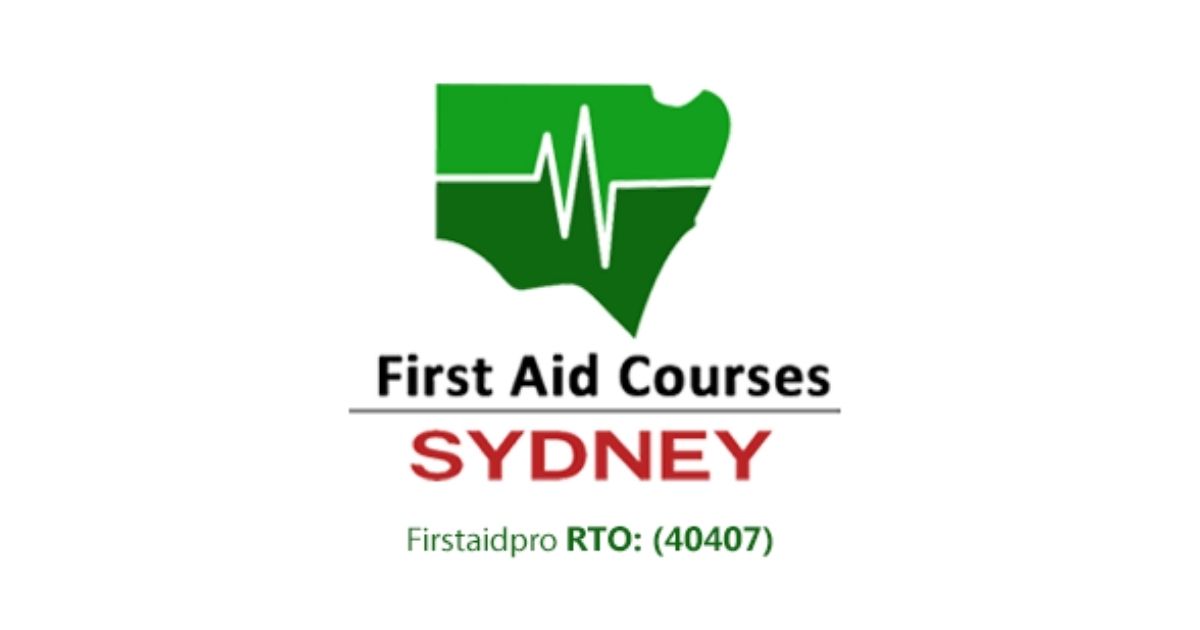The vast majority of students will experience some form of an accident while they are at school. These accidents can result in simple injuries and can escalate to serious wounds and fractures. The initial care given to the victim is important. Without prompt first aid assistance, a severe injury can be fatal. Knowing this, every school must have first aid guidelines and procedures in place. It will help teachers, admins, and other school personnel to respond to a situation. It also ensures that all students are provided care in a safe and timely manner.
Below are five tips to help you create effective school first aid guidelines and procedures.
-
Develop an Emergency Response Plan
Having an emergency response plan and management guide will help with the school preparedness and response instructions. Within the plan, you shall find the right information and guidelines to protect everyone at the time of emergency.
-
Identify Training requirements
The need for training may vary depending on each school. To decide which training is suitable, first identify potential causes of injuries and illnesses. Check surroundings for possible hazards and consult with the management or specialist for advice.
Identify how many staff need to be trained, what competencies and training are needed, and the responsibilities of each member of the school staff. This will help you decide on which training you should invest in.
-
Train and Educate
One area of training worth looking at is first aid. Each school staff should consider taking formal First Aid and CPR skills.
Acquiring these skills will have a direct impact on students’ health and quality of life. If every teacher and school administrator receives proper training, they can respond effectively to most first aid situations.
-
Provide Tools and Resources (First Aid Kit)
Aside from training, school staff should also be given the time, funds, and resources to ensure they are equipped for emergencies.
Having the right first aid supplied on hand is important. In every room, there should be a first aid kit to help manage the most basic situations. A classroom first aid kit should include gauze, bandages, gauze roll, pads, tweezers, scissors, antiseptic wipes, and a cold pack.
-
Review The Plan and Make Changes (if necessary)
Once you have a plan in place, with the staff trained and resources available, a review should take place right after.
There should be proper records and documentation that will help determine if changes or improvements should be needed. Proper communication between school administration, teachers, and student is the key to a successful school first aid guidelines and procedures.
Takeaway
It is beyond doubt that First aid and CPR knowledge promotes a safe and healthy environment. Having everyone in a school equipped with lifesaving skills will contribute to enhancing overall safety. Administering first aid using the right procedure will prevent further damage in an emergency.
Therefore, it is important to have first aid in school to ensure the safety of everyone. It will make everyone aware of basic methods to apply after an emergency occurs.
First Aid Training and Resources in Sydney
The Sydney First Aid Course offers first aid and CPR courses for or teachers, staff, support workers in schools, nurseries, and holiday or outside school hours care (OSHC). We also run HLTAID012 or Provide First Aid in an education and care setting for educators and support staff. All our courses can be tailored to fit your needs.
To know more about our first aid courses, contact our team 08 8382 4677 or shoot us an email at courses@firstaidpro.com.au
We look forward to hearing from you.







